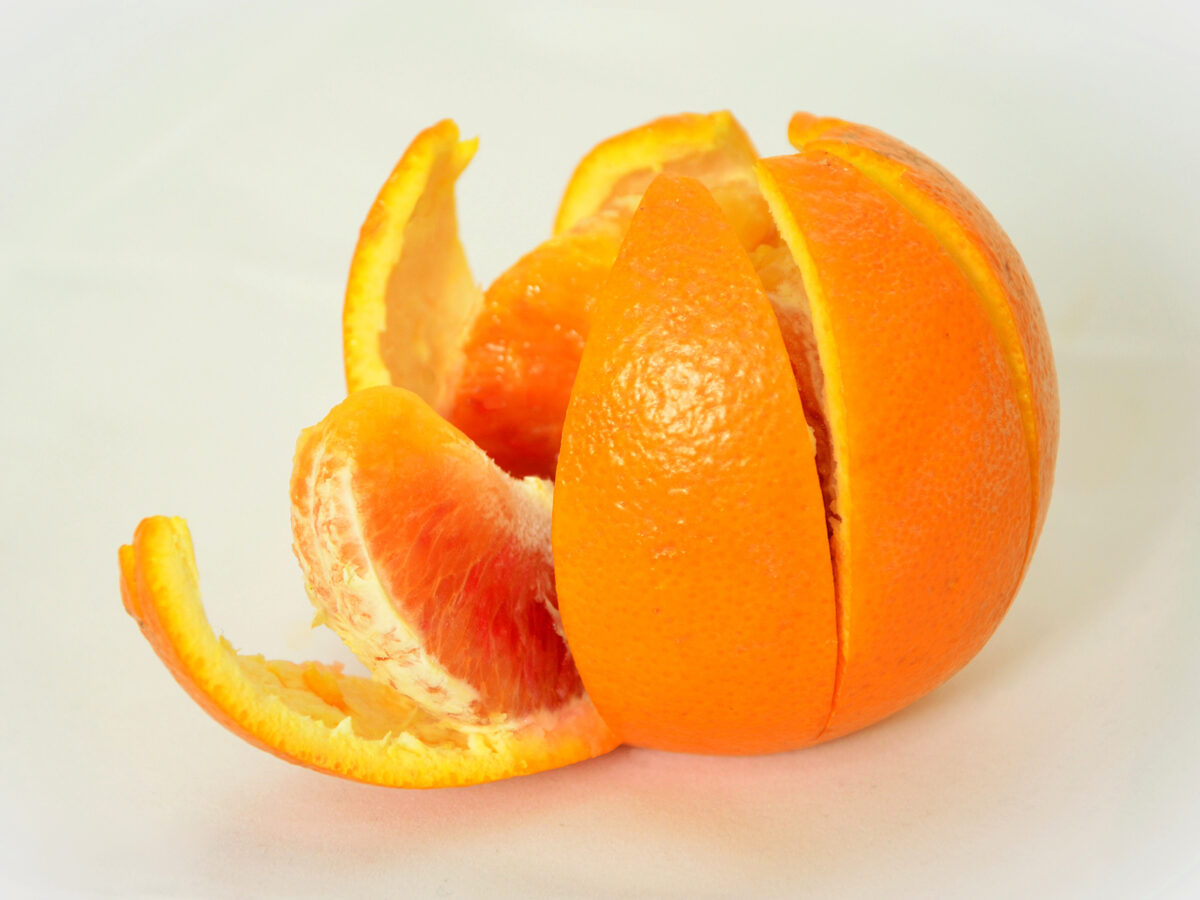Blog
Dental hygiene tips for healthy teeth & gums

Does orange peel whiten teeth?
The American Dental Association (ADA) defines teeth whitening as “any process that will make the teeth whiter.” The desirability of a dazzling set of teeth is at an all-time high because of media and popular representation. The air of flawlessness associated with celebrities and influencers impacts the layman’s understanding of beauty in covert and overt ways. It is a ubiquitous phenomenon to yearn for bright, immaculately white teeth that are perfectly aligned. But, unfortunately, such perfection comes with a jaw-dropping cost. Teeth whitening products and professional interventions can burn a hole in the pocket. So, it is logical to resort to at-home methods of teeth whitening. An ingredient that has taken the ‘organic’ and ‘natural’ dental realm by storm is orange. Although a significant chunk of teeth whitening DIYs does not have any scientific backing, orange peels are somewhat different. Anecdotal evidence suggests that the natural solvents found in orange peels may reduce teeth stains.
The whitening properties of orange peel
Citrus rinds, including oranges, comprise d-limonene, which is a natural scent and solvent. The ingredient is used in several manufactured dental products like tubes of toothpaste and tooth whiteners. Official studies have found that d-limonene, indeed, whitens teeth by removing extrinsic stains. In addition, smoking stains are majorly reduced by the d-limonene, and it also helps prevent further smoking-related discoloration of the teeth. But, the efficacy of orange peels is extremely limited. A 2010 study illustrated that the compound present in citrus rinds – d-limonene – cannot reduce extrinsic teeth stains caused by drinking tea. Furthermore, the solvent shows no result in decreasing long-standing teeth stains.
The effectiveness of orange peels is very erratic. It may work for some and not work for the rest. Even if the product does work for you, it takes a tedious amount of time for results to be visible, and the consequent change in teeth color will be faint and minimal. Nonetheless, orange peel is a milder at-home teeth whitening product compared to others like lemon juice which is notorious for its enamel-eroding potential.
If you have decided to include orange peels in your dental regimen, it is imperative to exercise caution. The citric acid in orange juice, like lemon juice, has enamel-eroding properties. Therefore, it is advisable to be very careful while rubbing or applying orange peels directly to the teeth. You can do more harm than good by exposing your teeth to the harsh acids of orange juice. Despite its relative mildness, regular orange peels can wear down the enamel and reduce enamel surface firmness. Experts say that the appropriate way of including orange peel is to supplement the application process by washing the teeth in a mixture of half hydrogen peroxide and half water. The rinse helps in tackling the crudeness of the orange peel.
If you are determined to include natural ingredients in your daily oral hygiene routine, baking soda is one product that even professionals swear by.
Book Appointment to find out which treatment might be best for you.
